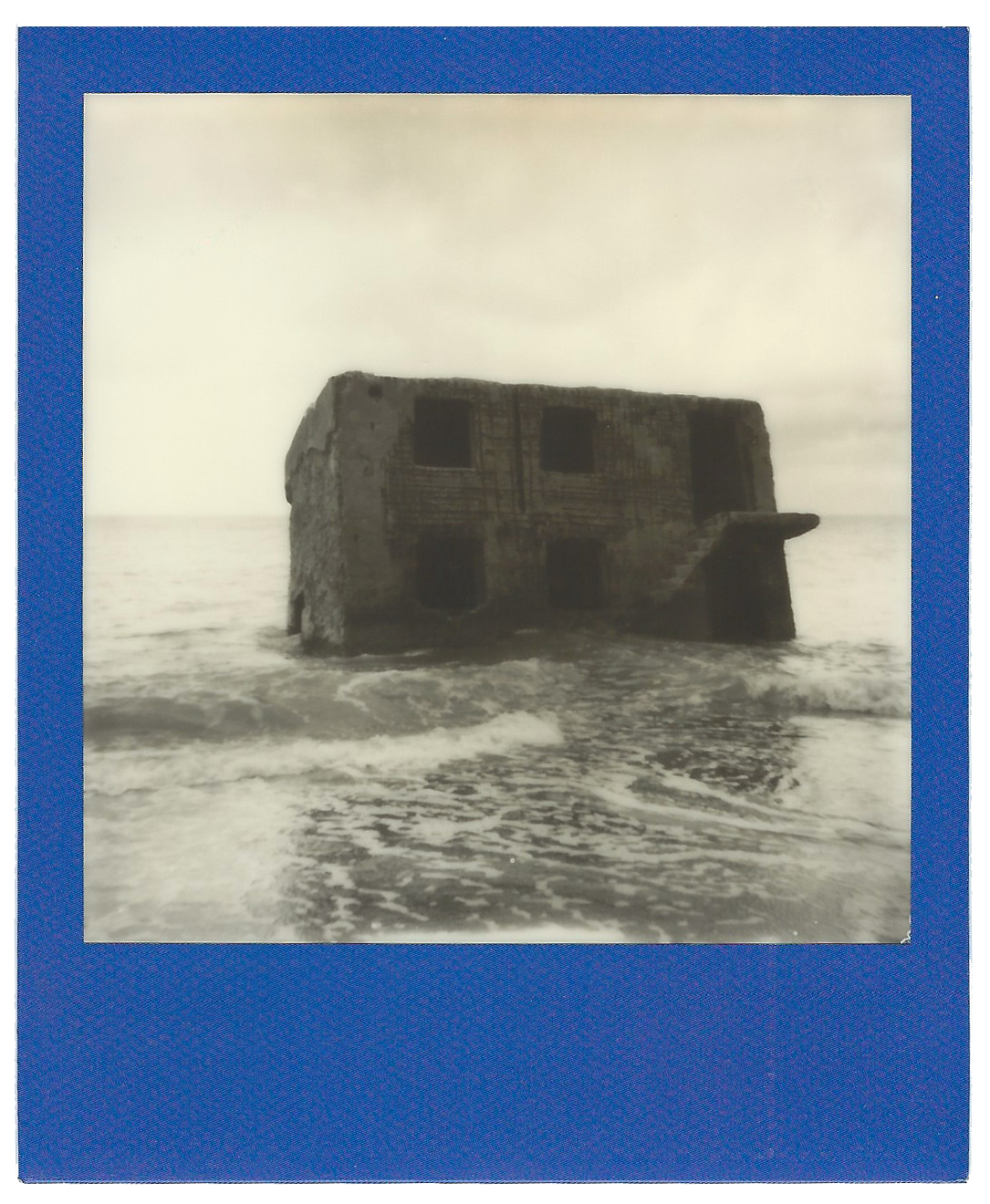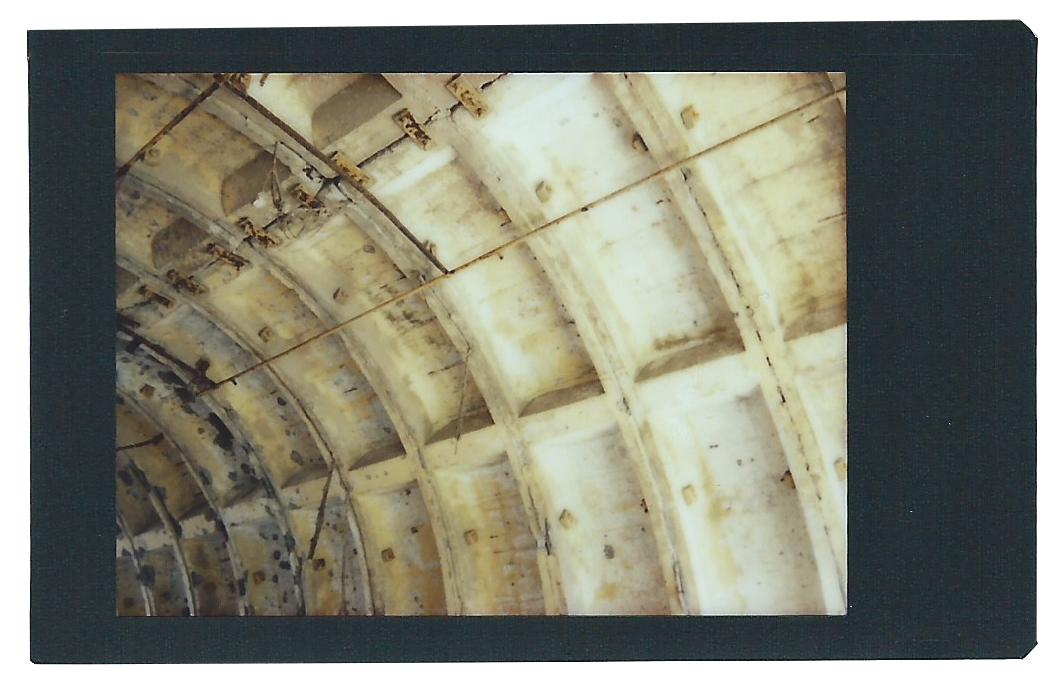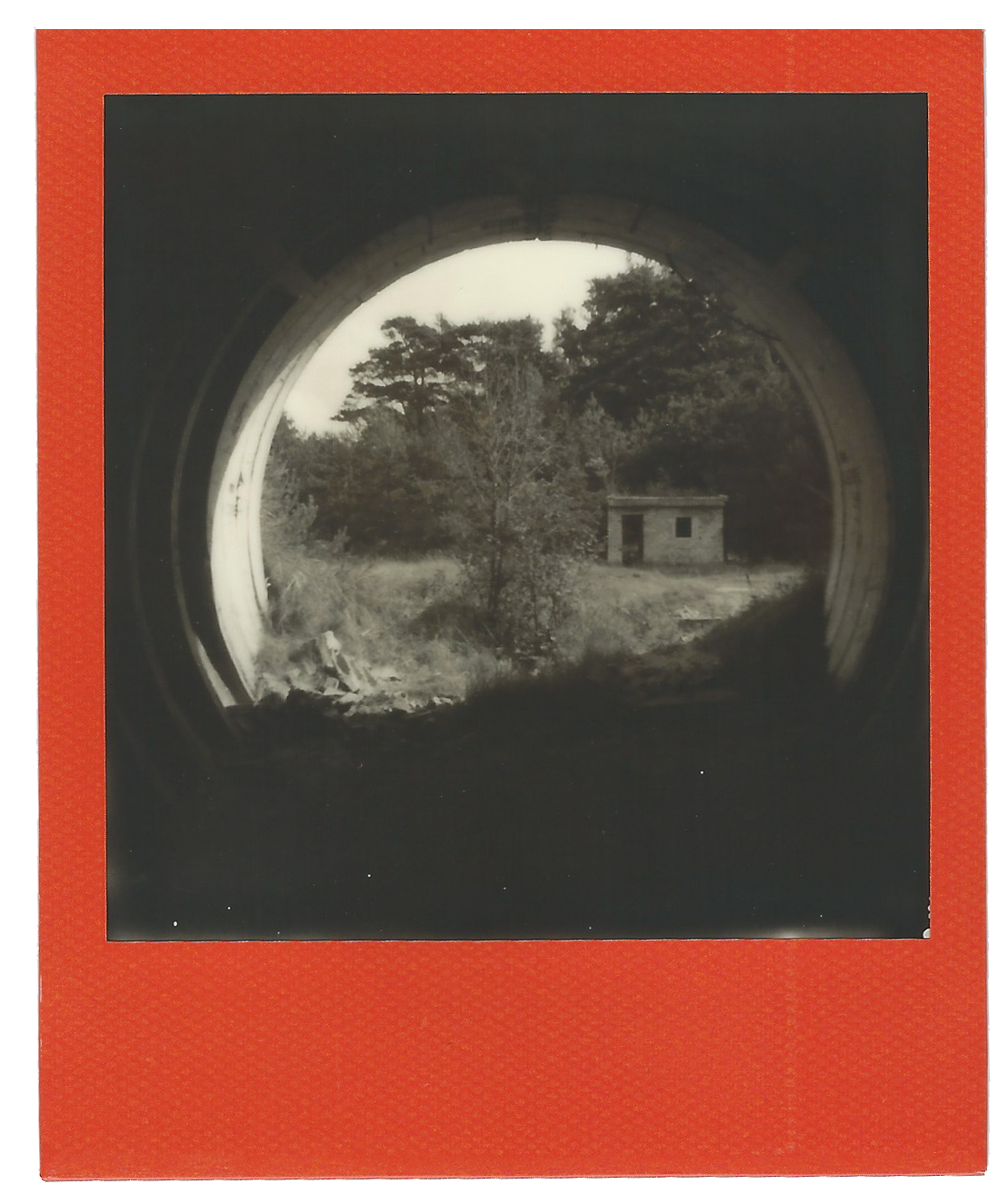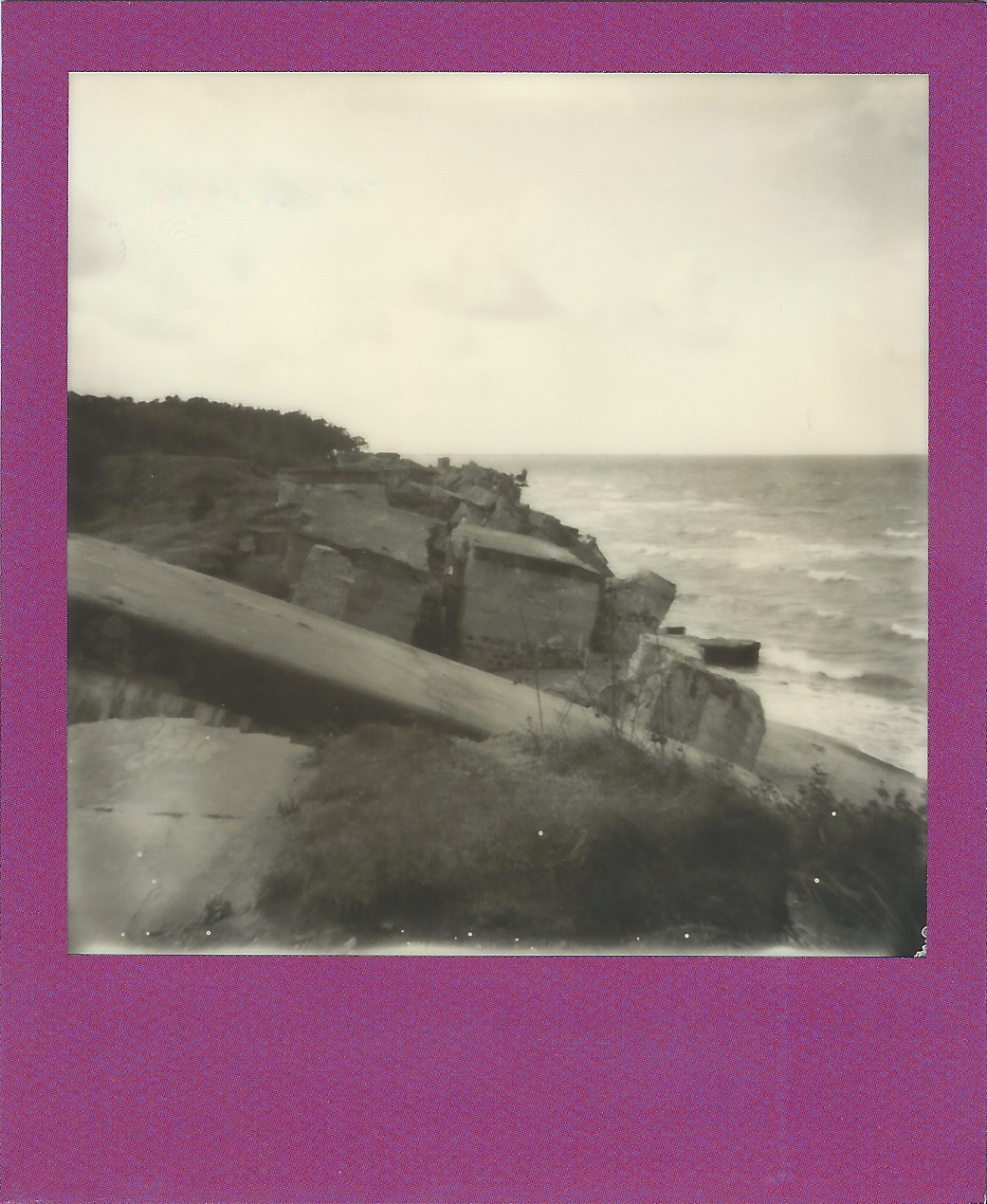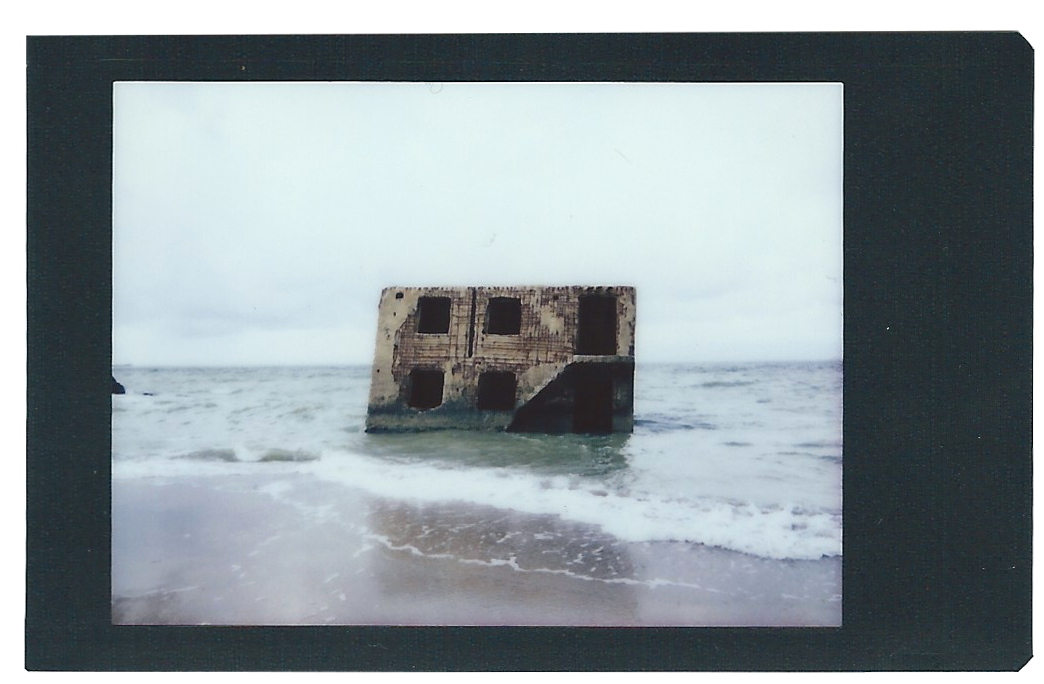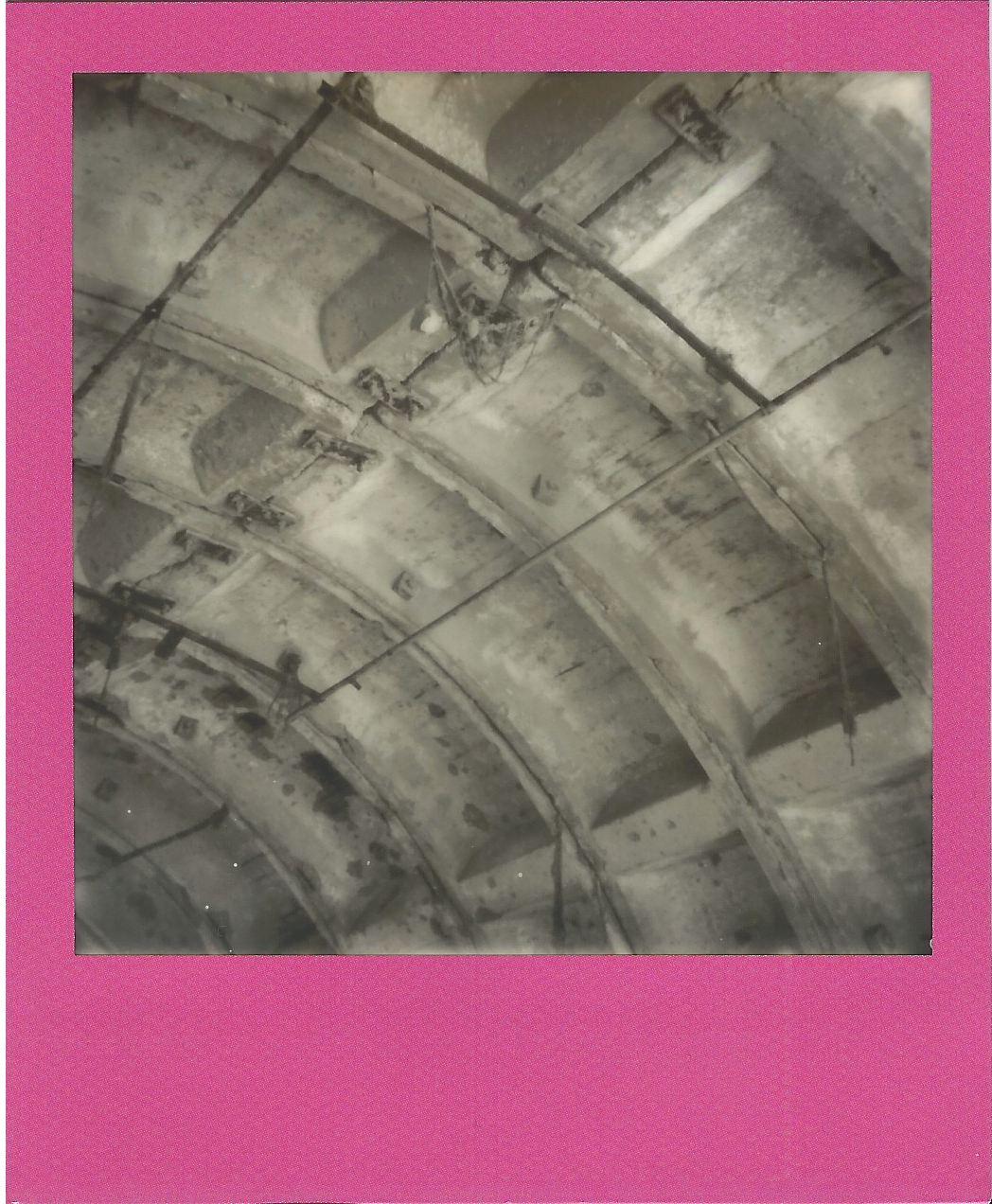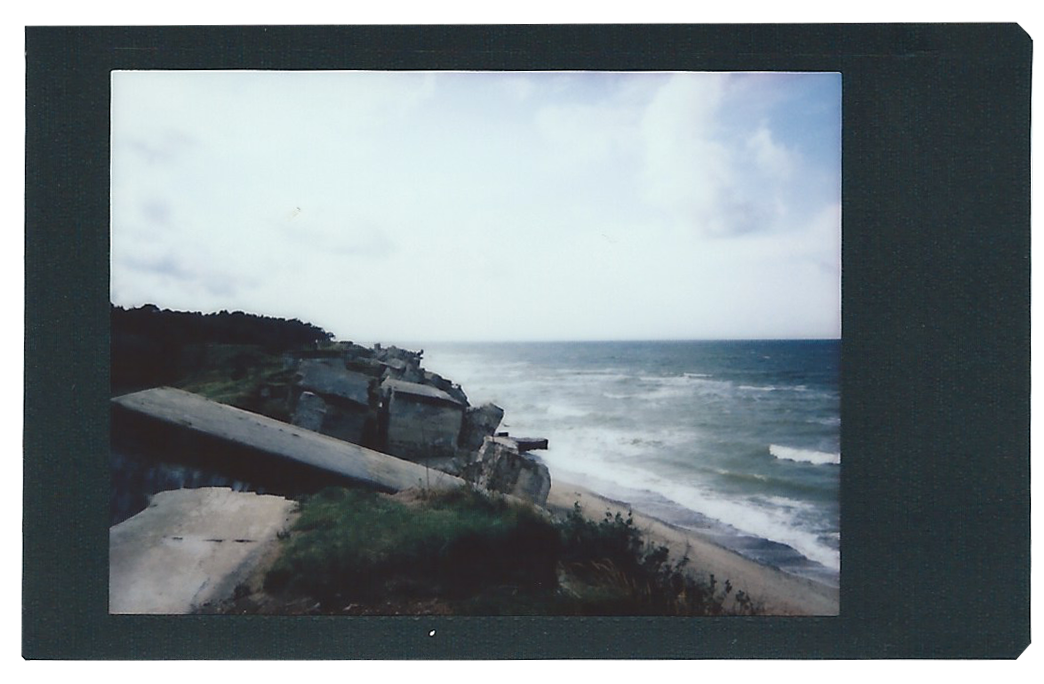Karosta, Latvia
Karosta means in Latvian “war port” – and it couldn’t be more evident.
Between the 19th and the 20th century, the Russian Empire began to fortify Liepāja. Massive coastline batteries were raised along its northern shore in order to prevent potential attacks from the Germans. The base hosted several submarines and many warships of the Imperial Navy.
Nevertheless, on November 1908 the fort was declared a tactical failure. It was completely demobilised and partially blown up – its solid concrete walls, yet almost intact, crumbling in one piece into the sea.
As a highly strategical point – the port doesn’t ice even during harsh winters – after World War II the fort was permanently occupied by the Soviet Armed Forces. Liepāja became a closed military city, the naval base secreted and excluded from the maps.
The Red-Banner Baltic Fleet and its nuclear weaponry stationed in Karosta until the early Nineties, when Latvia obtained its independence.
